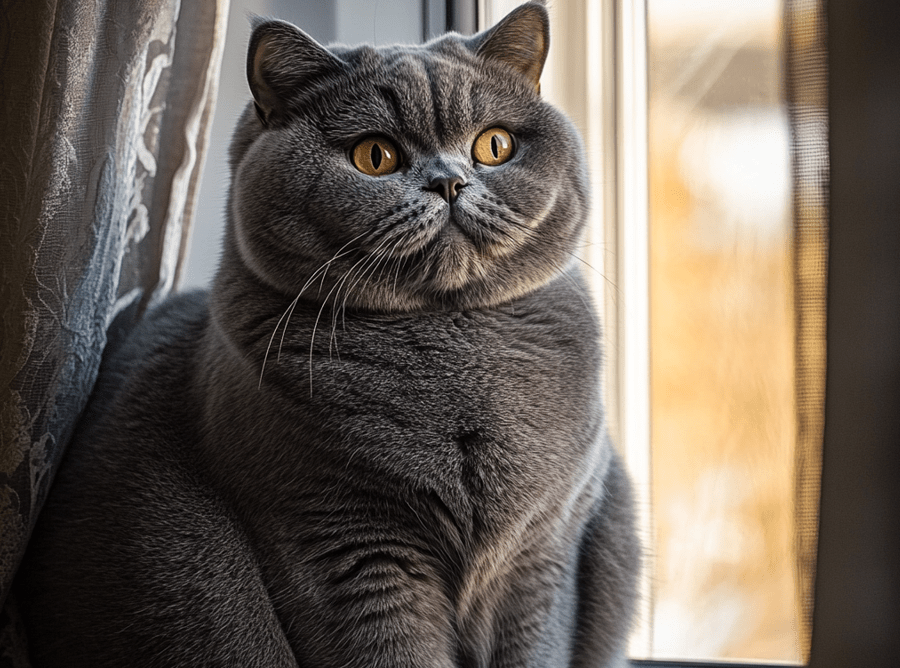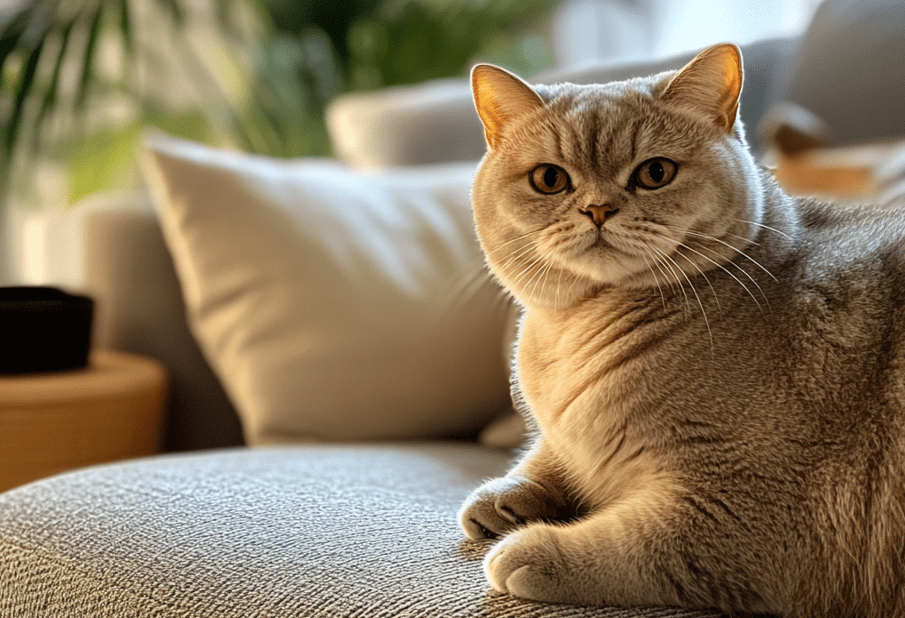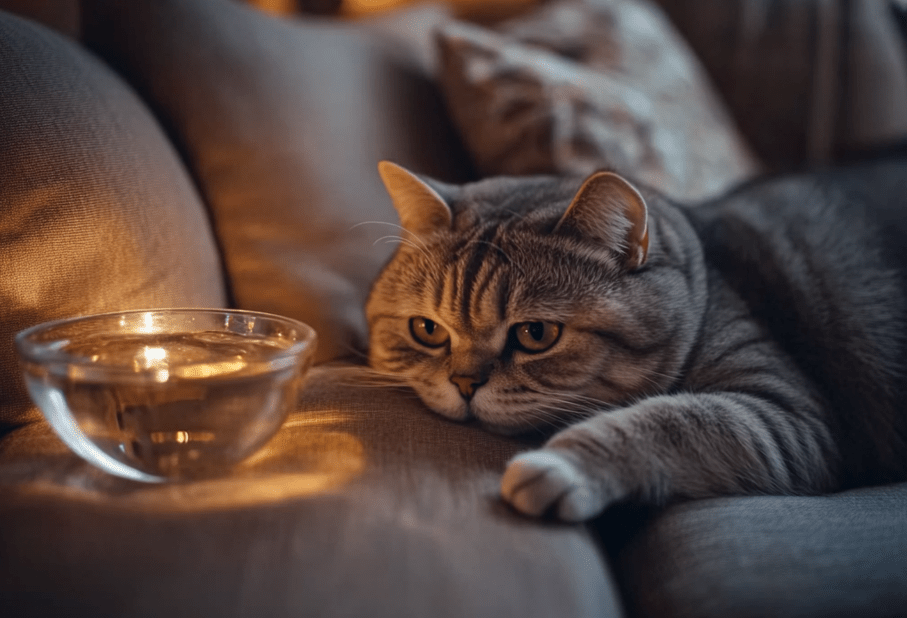
British Shorthair cats, with their plush coats and round, expressive faces, are cherished for their calm and affectionate nature. However, ensuring a British Shorthair cat stays properly hydrated is critical to their health, as dehydration can lead to serious issues like urinary tract problems or kidney disease. Many owners wonder, “Is my British Shorthair drinking enough water?” In this comprehensive guide, we’ll explore the signs of adequate and inadequate hydration, why British Shorthairs may struggle with water intake, and practical, natural strategies to encourage healthy drinking habits, helping your feline friend thrive.
Table of Contents
ToggleWhy Hydration Matters for British Shorthairs
Water is essential for every aspect of a cat’s health, from regulating body temperature to supporting digestion and kidney function. British Shorthairs, in particular, are prone to urinary issues like feline lower urinary tract disease (FLUTD) and kidney problems, making hydration a top priority. Proper water intake helps flush toxins, prevents crystal formation in the bladder, and maintains overall organ health.
How Much Water Should a British Shorthair Drink?
On average, a cat needs about 3.5–4.5 ounces of water per 5 pounds of body weight daily, including moisture from food. For a 10-pound British Shorthair, this translates to roughly 7–9 ounces. However, factors like diet, activity level, and environment influence needs:
Wet Food Diets: Cats eating wet food (70–80% moisture) may drink less, as they get water from meals.
Dry Food Diets: Cats on kibble (10% moisture) need to drink more to compensate.
Climate: Hot or dry environments increase water requirements.
Health Conditions: Diabetes or kidney disease may cause increased thirst.
Monitoring your British Shorthair’s water intake ensures they meet these needs without over- or under-drinking.
Why British Shorthairs May Not Drink Enough
British Shorthairs can be finicky about water for several reasons:
Instinctual Preferences: As descendants of desert-dwelling ancestors, cats have a low thirst drive, relying on prey for moisture.
Picky Behavior: British Shorthairs may avoid water that’s stale, warm, or in unappealing containers.
Sedentary Lifestyle: Their relaxed nature means less activity-driven thirst compared to high-energy breeds.
Diet: Dry food diets provide little moisture, potentially leading to chronic low-grade dehydration.
Health Issues: Dental pain, stress, or illness can deter drinking.

Bowl Placement: Water bowls near litter boxes or in noisy areas may discourage use.
Understanding these factors helps owners address barriers to hydration effectively.
Signs Your British Shorthair Isn’t Drinking Enough
Recognizing dehydration early is crucial. Watch for these signs in your British Shorthair:
Dry or Sticky Gums: Healthy gums are moist and pink. Dry or tacky gums suggest dehydration.
Lethargy: Reduced energy or reluctance to play may indicate low hydration.
Sunken Eyes: A subtle sign of moderate to severe dehydration.
Skin Tenting: Gently pinch the skin between your cat’s shoulders. If it doesn’t snap back quickly, dehydration may be present.
Concentrated Urine: Dark, strong-smelling urine or reduced urination frequency signals insufficient water intake.
Constipation: Hard, dry stools often result from inadequate hydration.
Loss of Appetite: Dehydration can reduce interest in food.
Advanced Signs: Panting, rapid heartbeat, or collapse indicate severe dehydration—seek veterinary care immediately.
Signs of Adequate Hydration
A well-hydrated British Shorthair shows:
1.Moist, pink gums
2.Bright, clear eyes
3.Elastic skin that returns quickly when pinched
4.Regular urination (light yellow, odorless)
5.Consistent energy and appetite
Regular observation helps you distinguish normal from concerning behaviors.
Health Risks of Poor Hydration in British Shorthairs
Chronic under-drinking can lead to serious health issues, particularly in British Shorthairs:
Urinary Tract Issues: Low water intake increases the risk of bladder stones or crystals, common in this breed.
Kidney Disease: Inadequate hydration strains kidneys, potentially leading to chronic kidney disease, especially in older cats.
Constipation: Insufficient water hardens stools, causing discomfort.
Obesity: Dehydration can disrupt metabolism, complicating weight management, another concern for stocky British Shorthairs.
Dental Health: Poor hydration may worsen gingivitis, reducing saliva’s cleansing effect.
Proactive hydration strategies can prevent these risks, ensuring long-term health.
Natural Strategies to Encourage Your British Shorthair to Drink More
Boosting water intake doesn’t have to be a struggle. Here are practical, natural ways to keep your British Shorthair hydrated.
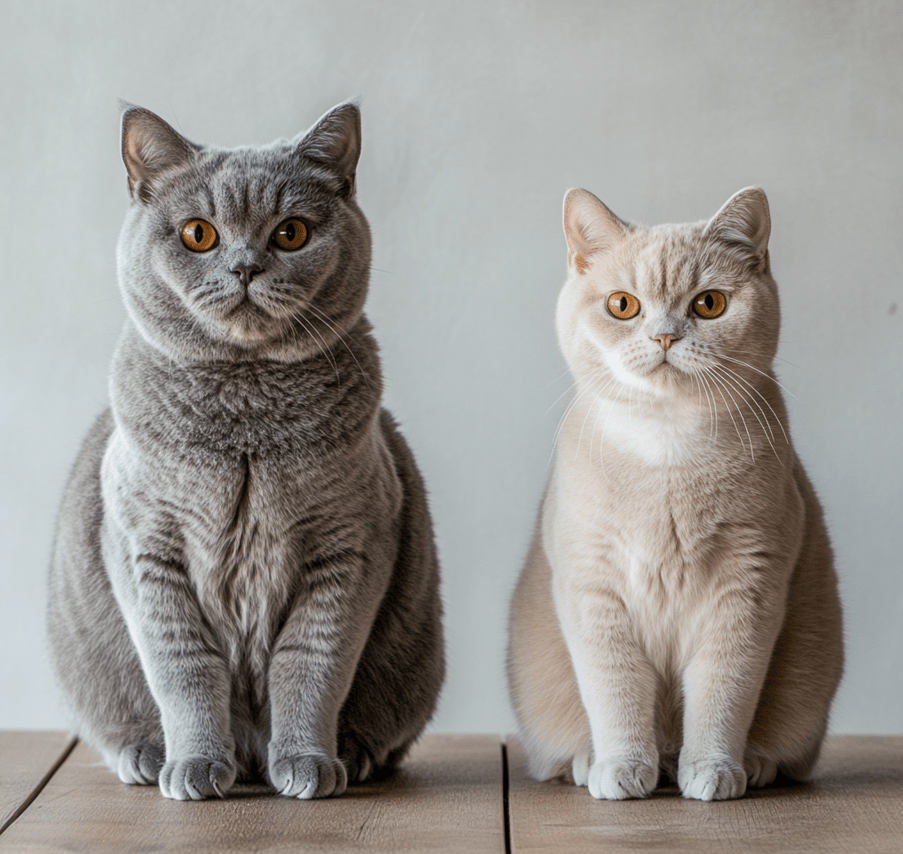
1. Optimize Their Diet
Diet significantly impacts hydration, as food can be a primary water source.
Switch to Wet Food: Wet food provides 70–80% moisture, reducing reliance on drinking. A 10-pound British Shorthair eating wet food may need only 2–3 ounces of additional water daily.
Mix Water into Food: Add a tablespoon of warm water to wet food or kibble to increase moisture without altering taste.
Raw Diets: Raw food diets, mimicking prey, are high in moisture and nutrient-dense. Consult a vet for balanced recipes.
Bone Broth: Low-sodium, cat-safe bone broth (no onions or garlic) is a tasty hydration booster. Offer small amounts as a treat.
2. Provide Appealing Water Sources
British Shorthairs are particular about water freshness and presentation.
Cat Fountains: Running water attracts cats, mimicking natural streams. Fountains encourage drinking by keeping water fresh and oxygenated.
Multiple Bowls: Place wide, shallow bowls in quiet, accessible areas (away from litter boxes or food). Use ceramic or stainless steel, as plastic can retain odors.
Refresh Daily: Change water daily and clean bowls to avoid bacterial buildup.
Experiment with Temperature: Some British Shorthairs prefer cool water, others room-temperature. Test preferences.
3. Make Drinking Fun
Engage your British Shorthair’s curiosity to encourage water interaction.
Dripping Faucets: If safe, let your cat drink from a slow drip, as many find it irresistible.
Ice Cubes: Float a clean ice cube in water for playful batting and licking.
Flavor Infusions: Add a splash of tuna juice or clam juice (low-sodium) to water for appeal, but use sparingly to avoid dependency.
4. Monitor and Adjust Environment
A comfortable environment supports healthy drinking habits.
Quiet Locations: British Shorthairs prefer serene settings, so place water stations away from noisy appliances.
Stress Reduction: Minimize household changes, as stress can reduce drinking. Use pheromone diffusers if needed.
Temperature Control: Ensure water stays cool in warm climates to remain inviting.
5. Encourage Activity
Physical activity stimulates thirst, prompting more drinking.
Interactive Play: Use feather wands or laser pointers for 10–15-minute sessions daily to boost circulation and thirst.
Vertical Spaces: Cat trees encourage climbing, subtly increasing water needs.
Puzzle Feeders: These promote movement and mental engagement, indirectly supporting hydration.
6. Natural Hydration Boosters
Vet-approved additives can enhance water intake:
Electrolyte Solutions: Cat-safe hydration gels (like Nutri-Cal) support fluid balance, especially in hot weather.
Herbal Teas: Diluted, cat-safe chamomile tea (cooled) can entice drinking while soothing digestion.
Coconut Water: In tiny amounts (vet-approved), it adds flavor and electrolytes, but avoid sugary versions.
Monitoring Your British Shorthair’s Hydration
Regular checks help confirm your strategies are working:
Water Intake Tracking: Measure water in bowls or fountains daily to estimate consumption.
Litter Box Observation: Normal urination (2–3 clumps daily in clumping litter) indicates good hydration.
Weekly Skin Tests: Perform skin tenting checks to catch early dehydration.
Vet Visits: Annual checkups, or biannual for seniors, include bloodwork to assess kidney and hydration status.
Preventing Hydration Issues in British Shorthairs

Proactive habits set the stage for lifelong hydration:
Kitten Training: Introduce wet food and fountains early to build preferences.
Diet Consistency: Maintain a high-moisture diet to reduce drinking demands.
Routine Checks: Inspect gums and urine weekly to catch issues before they escalate.
Clean Water Stations: Regularly sanitize bowls and fountains to ensure appeal.
Health Monitoring: Address dental or stress issues promptly, as they can deter drinking.
Common Myths About British Shorthair Hydration
Let’s debunk misconceptions that can hinder care:
Myth: “Cats get enough water from dry food.”
Fact: Kibble provides minimal moisture, requiring cats to drink significantly more.
Myth: “British Shorthairs don’t need much water.”
Fact: Their urinary and kidney risks make hydration critical.
Myth: “All cats love fountains.”
Fact: Some British Shorthairs prefer still water, so test multiple options.
When to Seek Veterinary Help
While natural strategies work for most, certain signs warrant immediate attention:
Persistent Dehydration Signs: Dry gums, sunken eyes, or skin tenting lasting over 24 hours.
No Urination: Lack of urination for 12–24 hours is an emergency.
Sudden Thirst Increase: Drinking excessively may indicate diabetes, hyperthyroidism, or kidney disease.
Behavioral Changes: Lethargy, vomiting, or refusal to eat alongside hydration issues.
Vets may recommend fluids, diagnostic tests, or dietary adjustments to address underlying causes.
Luna’s Hydration Turnaround
Luna, a 4-year-old British Shorthair, showed signs of dehydration—constipation and dark urine—despite eating kibble. Her owner, Mark, worked with a vet to improve her hydration:
Diet Shift: Luna transitioned to wet food, with bone broth added weekly.
Fountain Introduction: A ceramic fountain in the living room enticed Luna to drink more.
Play Boost: Daily wand toy sessions increased her thirst naturally.
Monitoring: Mark tracked urine output, noting lighter, more frequent urination within weeks.
After two months, Luna’s constipation resolved, and her energy soared, proving hydration’s transformative power.
Conclusion
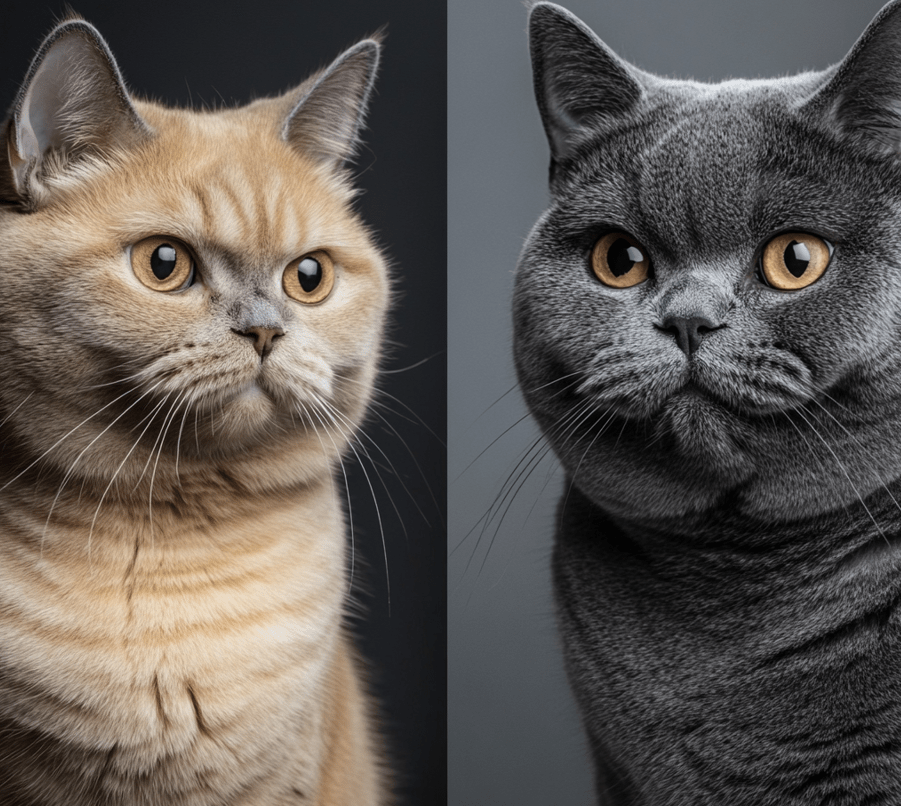
Ensuring your British Shorthair drinks enough water is a vital part of their care, safeguarding against urinary and kidney issues while boosting overall vitality. By recognizing dehydration signs, optimizing diet, and creating appealing water sources, you can foster healthy hydration habits naturally. Start today—swap a meal for wet food, set up a fountain, or check your cat’s gums. Your British Shorthair’s purrs and playful energy will thank you for it. Share your hydration tips with fellow cat lovers to keep these charming felines thriving!

